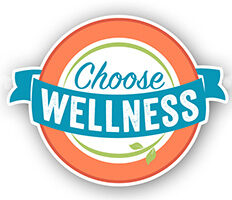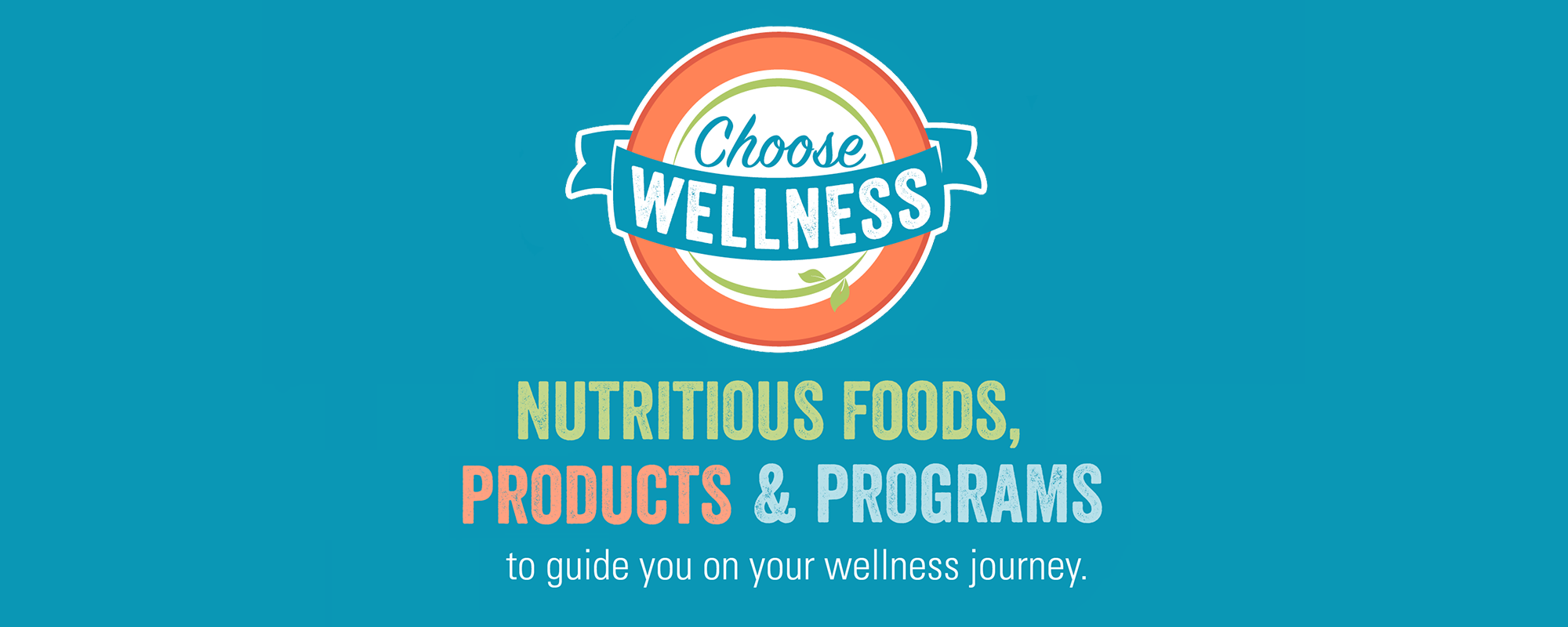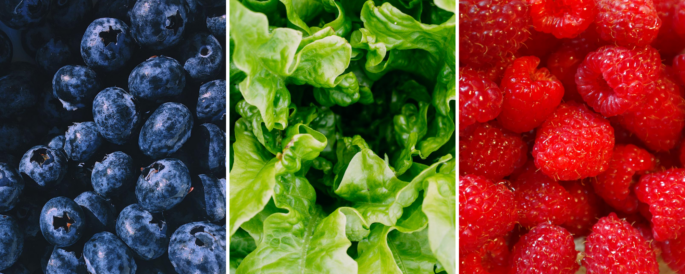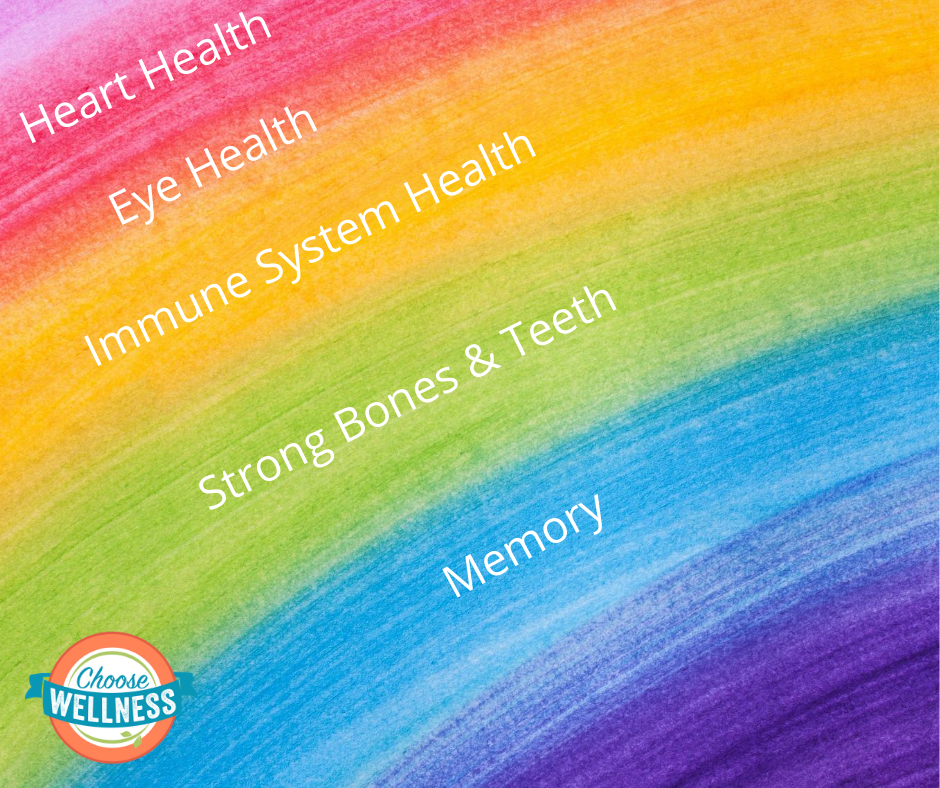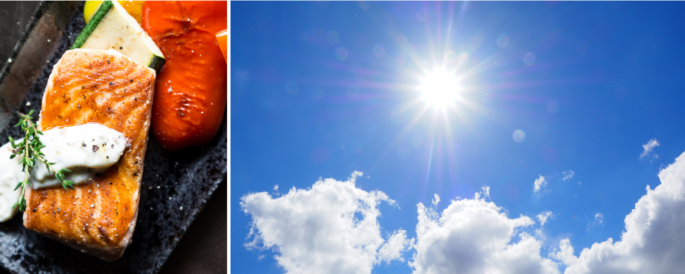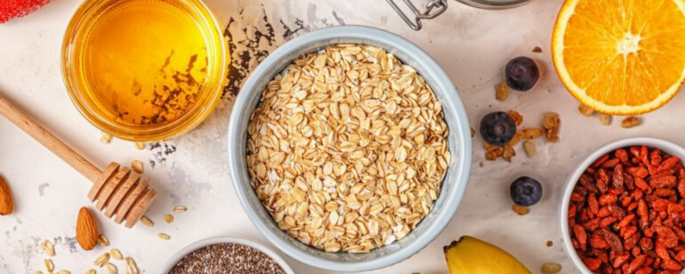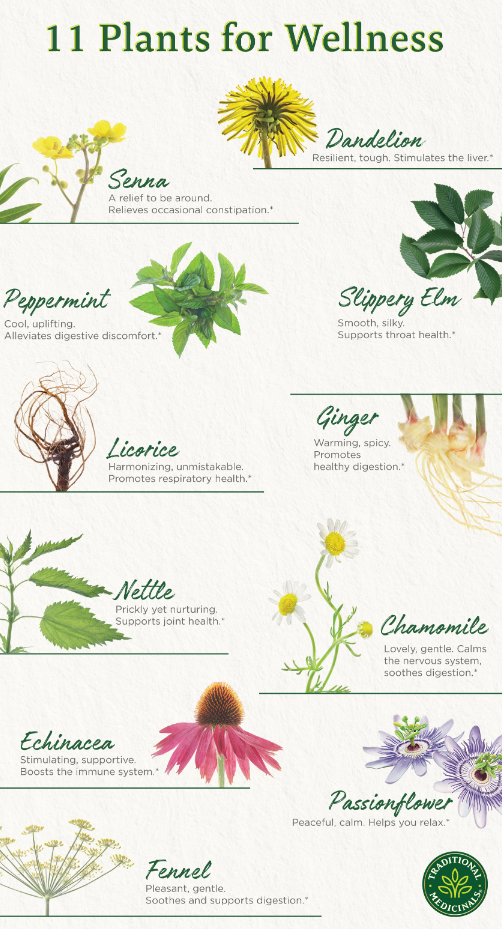Sponsored by Bob’s Red Mill
Many of us know that a high fiber diet keeps your system running smoothly, but how about the importance of fiber in your breakfast?
Fiber stays in your stomach longer than other foods and when paired with other ingredients helps to keep you full. It also can help to maintain your blood sugar, lower your cholesterol and aid in maintaining a healthy weight. Integrating foods high in fiber and protein into your morning routine is one way to keep yourself on track and feeling good for the remainder of the day.
From breakfast cereals high in fiber to high-fiber bread and fruit, there are lots of different (and tasty) ways to consume fiber for breakfast.
Let’s dive into reasons for eating fiber in the morning and explore some delicious fiber-filled breakfast recipes.
5 Reasons to Eat Fiber in the Morning
- Digestion
Fiber aids in digestion and ensures that your system runs smoothly throughout the day.
- Blood Sugar
Fiber maintains your blood sugar levels (so you don’t crash later on in the day).
- Weight
Fiber stays in your stomach longer than other foods, meaning you’ll feel full throughout the morning and may be less likely to overeat. With fiber in your breakfast, you’re more likely to bid farewell to the midday snack attack!
- Heart Health
Fiber can improve cholesterol levels by lowering LDL (or bad cholesterol).
Soluble Fiber vs. Insoluble Fiber
There are two types of fiber your body needs, soluble and insoluble, and many sources of fiber contain both of these.
Soluble fiber works to bind with water in your system and create a gel to slow digestion. It’s in foods like oranges, apples and oats, and can also be found in the skin of fruit and seeds. It helps you to feel full and gives the feeling of long-lasting energy throughout the day.
Insoluble fiber can be found in wheat bran, veggies and whole grains. It helps food pass through the stomach and intestines and (for lack of another phrase) adds bulk to the stool. Work to incorporate both of these types of fiber into your breakfast to get the full range of fiber benefits.
Inspiration for Fiber-Filled Breakfasts
From pancakes to granolas, here are some of our favorite ways to enjoy fiber in the morning.
Buckwheat Pancake and Waffle Whole Grain Mix
Making the switch to a hearty pancake and waffle mix like this Buckwheat Pancake and Waffle Whole Grain Mix is a good way to incorporate fiber into your morning. It’s made with Organic Whole Grain Buckwheat Flour and Organic Stone Ground Whole Wheat Pastry Flour. The buckwheat contains a good amount of fiber and adds a unique and delicious taste. It’s also a good source of protein and calcium. Although it’s commonly thought of as a cereal grain, buckwheat is a fruit seed related to rhubarb and sorrel. It’s a good choice for people who might be sensitive to wheat or grain. Top your buckwheat pancakes with sliced apple and a bit of pure maple syrup.
Gluten Free Honey Oat Granola
Our Gluten Free Honey Oat Granola is a high-fiber whole grain cereal made with gluten free oats. You can enjoy it over yogurt or with milk and milk alternatives. You can even eat it just as is! This recipe for Honey Oat Granola Pancakes combines our Gluten Free Honey Oat Granola with almond milk, eggs and oil to create a beautiful and delicious pancake. Try serving these pancakes with oranges or figs for a morning treat.
Bob’s High Fiber Bran Muffins
These Bob’s High Fiber Bran Muffins are high in fiber and include wheat bran, whole wheat flour, raisins, milk, oil and egg. For a bit of extra protein, serve them with peanut or almond butter and a good Greek yogurt. They’re made with wheat bran, whole wheat flour, raisins, milk, molasses or honey, oil and egg. If you’d like, you can also add applesauce and nuts to the mix. These muffins are great to keep on hand for a fiber-filled breakfast on the go.
Moist Molasses Bran Muffins
These Moist Molasses Bran Muffins are made with wheat bran, whole wheat flour and applesauce. You can sweeten them with molasses or honey (or a mix of both) and even add chopped nuts into the mix. Like Bob’s High Fiber Bran Muffins, they taste good with a dollop of nut butter and a mug of hot coffee.
Organic Whole Oat Groats
Bob’s Organic Whole Groats are both hearty and chewy and are an amazing source of fiber. This basic preparation for oat groats can be fine-tuned for breakfast by adding fresh fruits like pears and bananas for an extra fiber boost.
Tart Cherry and Chocolate Covered Almond Muesli Energy Poppers
Our Chocolate Protein Powder is made from pea protein powder, chicory root fiber, chia seeds and beneficial probiotics. It’s sweetened with monk fruit extract and is vegan, gluten free and a great source of iron, protein and fiber. Try using it in this recipe for Tart Cherry and Chocolate Covered Almond Muesli Energy Poppers. Packed with fiber, these poppers are great for a morning treat or an afternoon snack. But like the recipe headnote states, with their delicious yet sophisticated flavor, they’re truly good anytime.
Cottage Cheese Breakfast Parfait
Inspired by our grandmother’s pairings of pear and cottage cheese, this beautiful Cottage Cheese Breakfast Parfait is filled with everything you need for a nutritious start. From protein to healthy fats to fiber, this parfait will get you going and keep you energized throughout the morning.
Whole Grain Fruit Muffins
These Whole Grain Fruit Muffins are filled with fiber and flavor. They’re a great way to feature seasonal fruit like peaches or apples and taste yummy when served with warm butter or jam. They’re made with ingredients like Quick Cooking Rolled Oats, Unbleached White All-Purpose Flour, wheat bran and 7 Grain Hot Cereal. With a hint of cinnamon and honey, they smell incredible when wafting through the kitchen (especially on an autumn morning).
Healthy Chocolate Protein Pancakes
These pancakes might be light and fluffy, but they’re a nutritional powerhouse. Packed with plant-based protein and fiber, our Healthy Chocolate Protein Pancakes make for a decadent and delightful breakfast. They’re served with a chocolate syrup made from fiber-filled ingredients like dark chocolate and bananas. Drizzle your pancakes with the syrup and indulge happily in this healthy breakfast treat.
High Fiber Cinnamon Apple Muffins
These High Fiber Cinnamon Apple Muffins are kid-friendly and fiber-filled. They’re made with cane sugar, unsweetened applesauce, vanilla extract, oil, ground cinnamon, milk, Organic High Fiber Pancake Mix and diced apples. After whisking together the cane sugar, applesauce, vanilla and oil, slowly stir in the milk. Add pancake mix, cinnamon, and dried apples and stir in until just combined. Fill your muffin tin, bake and after 30 minutes, enjoy your warm, wonderful breakfast!
PB&J Crumble
Our Extra Thick Rolled Oats are known for their protein and fiber goodness. One of our favorite ways to eat them is in this PB&J crumble. Although it can also be a dessert, this crumble works well for breakfast when paired with almond milk or yogurt. The filling is made from grapes and the crumble incorporates ingredients like coconut oil, crunchy peanut butter, coconut milk, Gluten Free Organic Thick Rolled Oats, sorghum flour, organic coconut sugar and salt.
Organic High Fiber Pancake Mix
Get your fiber the extra fun Bob’s Red Mill way with a big stack of high fiber pancakes! Our Organic High Fiber Pancake Mix includes stone ground whole wheat pastry flour, Scottish oatmeal, flaxseed meal, oat bran, wheat germ and a bit of pure cane sugar. It’s filled with 7 grams of fiber and 7 grams of protein per serving, so it’s the perfect way to start your day with an energizing boost.
Now that you know about the importance of fiber in a diet—especially a breakfast diet—we hope you’ll start to integrate it into your morning routine.
Fiber in the morning helps with everything from digestion to maintaining a healthy weight. Luckily, many Bob’s Red Mill products contain fiber to get you going and leaving you feeling great throughout the day.
Have any favorite recipes you like to make to get your fiber in the morning? Feel free to share them with us in the comments below. From muffins and granolas to pancakes, we’re always on the lookout for the next fun (and fiber-filled) recipe.
